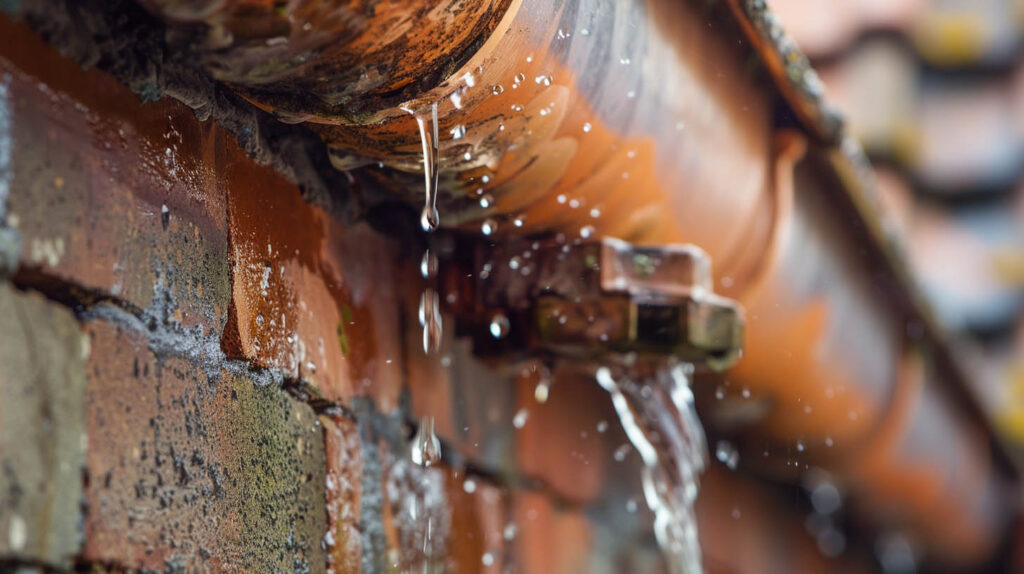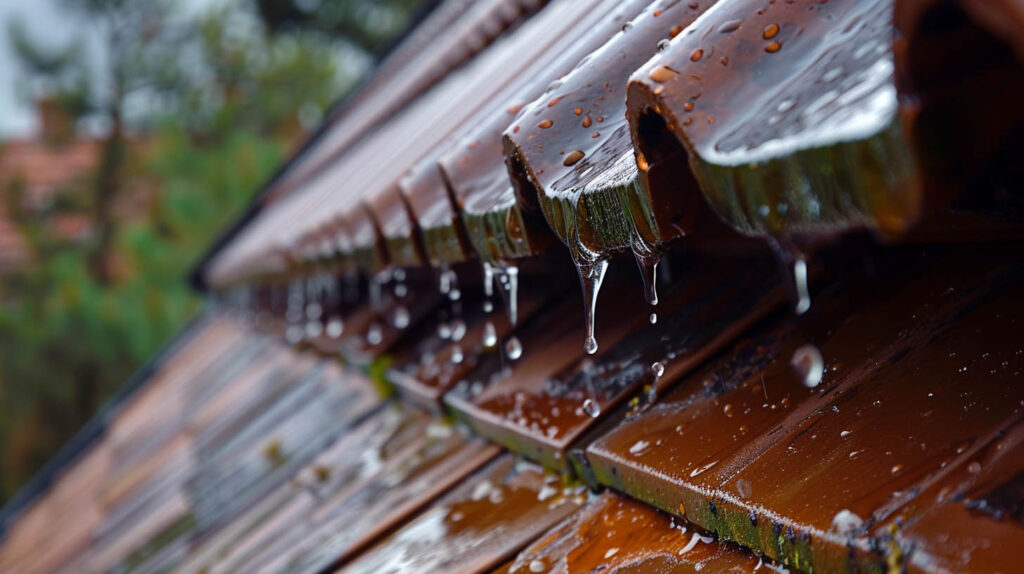Why Flashing Failure Is One of the Top Leak Sources
Your roof flashing plays a pivotal role in protecting your home from water damage, yet it often goes unnoticed—until it fails. Acting as your roofing system’s first line of defense against leaks, flashing safeguards critical areas from harsh elements. However, when deteriorates, your home faces the risks of moisture intrusion and expensive repairs. At Specialist Roofing & Repair, our expert services ensure that flashing-related issues don’t compromise your roof’s integrity. Let’s explore why failure is such a significant concern in Burbank, CA.
Understanding Roof Flashing and Its Importance
Proper roof serves as a critical barrier against water intrusion, protecting various areas of a roofing system, including joints and seams where different materials meet. Its importance is amplified in commercial buildings facing high winds and extreme weather conditions, as flashing helps redirect water away from vulnerable spots, such as chimneys, skylights, and dormers. Regular maintenance of components is essential to prevent deterioration and ensure longevity, ultimately safeguarding the integrity of the roof and the structure below from costly water damage and foundation issues. Consulting with a professional roofer can help ensure that these critical components are properly maintained.
What Is Roof Flashing?
Roof flashing is a protective barrier installed at joints and edges of a roof to direct water away. It prevents leaks by sealing vulnerable areas like chimneys, skylights, and valleys. Proper installation and maintenance are essential for effective performance against water intrusion.
How Flashing Protects Your Home from Water Damage
Properly installed roof serves as a crucial barrier against water intrusion, significantly reducing the risk of severe water damage. By directing water away from vulnerable areas such as chimneys, skylights, and the edges of the roof, prevents moisture accumulation and potential leaks. The use of durable materials, like copper and sheet metal, enhances longevity and resistance to corrosion. Regular maintenance and inspection of flashing can help identify signs of damage early, maintaining the integrity of the roofing system and protecting your home from costly repairs.

Common Types of Roof Flashing in Burbank, CA
Homes and commercial buildings in Burbank benefit from different types of flashing, each designed for specific applications. For example, is used where the roof meets walls or chimneys, with overlapping layers directing water away. Meanwhile, copper flashing offers premium durability and aesthetics, often favored in traditional architecture.
Other options like drip edges ensure that water doesn’t seep into sensitive roof edges. Properly choosing the right type guarantees your roof’s longevity and keeps your property shielded from water intrusion.
Step, Counter Flashing, and Drip Edge
Step, counter, and drip edge flashing are essential components in preventing water intrusion in roofing systems. Step flashing is installed where the roof meets vertical surfaces, allowing for proper drainage and sealing against moisture. Counter, often placed over step flashing, adds an extra layer of defense against leaks, particularly around chimneys and vents. Drip edge directs water away from the roof edges, protecting the underlying structures and minimizing the risks of corrosion or deterioration in various roofing materials. Each of these is a type of crucial for effective roofing.
Materials Used in Modern Flashing
Aluminum, copper, PVC, and steel are among the most prevalent materials used in modern flashing, each offering unique benefits for various types of roofing systems. Aluminum is lightweight and resistant to corrosion, making it a durable choice, while copper provides exceptional longevity and aesthetic appeal, though it does come at a higher cost. Steel, often galvanized to prevent rust, is an economical option that excels in high-wind scenarios. Selecting the right material is crucial for effective water management and mitigating potential leaks in both residential and commercial structures.

Why Flashing Failure Is a Leading Cause of Roof Leaks
A significant contributor to roof leaks, failure occurs due to aging, poor installation, or exposure to harsh conditions. Over time, deteriorates, leaving gaps where water intrusion occurs.
Inadequately installed weakens your roofing system, quickly leading to damage. As a top roof repair company in Burbank, CA, Specialist Roofing & Repair emphasizes the importance of regular inspections. Identifying early signs of distress mitigates the risk of costly repairs or replacements.
Vulnerable Areas: Chimneys, Skylights, Valleys, and Edges
Certain parts of your roof are especially prone to failure:
- Chimneys: Improper chimney flashing can cause leaks down your fireplace.
- Skylights: Aging or loose compromises seals around skylights.
- Valleys: The point where two roof slopes meet can trap water when deteriorates.
- Edges: Drip edges can fail, allowing moisture to seep beneath the roof.
Keeping these areas protected is essential to preventing costly water damage and maintaining your roof’s durability.
The Role of Harsh Weather and Aging in Flashing Deterioration
Extreme weather such as strong winds and changing temperatures accelerates wear and can impact the drainage system. Over time, high winds may loosen flashing, while temperature shifts cause expansion of the roofing materials, weakening the seal. This creates gaps susceptible to water damage.
Aging materials, compounded by exposure to UV and moisture, corrode or crack, making your roof vulnerable. Rust buildup on steel flashing and warping of other metals undermine their waterproofing capabilities, leading to rusting challenges. These challenges make consistent inspection and timely maintenance crucial.

Get in Touch
Flashing failure emerges as a critical concern for homeowners, serving as a common point for water intrusion that can lead to significant damage. Whether due to improper installation or the effects of extreme weather, ensuring the longevity and integrity of roof and gutter systems is vital. As an Owens Corning Platinum Preferred Contractor, a Polyglass Quantum Contractor, and a BBB A+ Rated business, we emphasize the importance of regular maintenance of these crucial components, especially around vulnerable areas such as chimneys and skylights, to prevent costly repairs.
Frequently Asked Questions
Are there preventative measures to reduce the risk of flashing failure?
Absolutely! Regular inspections to identify signs of damage, prompt repairs, and professional attention to your roof flashing ensure it remains effective. Engaging a trusted roof repair company like Specialist Roofing & Repair helps prevent small issues from escalating into a costly roof leak.
Can flashing cause a roof leak?
Yes, damaged or loose flashing is a common culprit behind a roof leak. Gaps, rust, or improperly placed nails can allow water intrusion, compromising your home’s integrity, especially in vulnerable areas of the roof. Addressing flashing vulnerabilities early prevents significant damage.
Why does roof flashing fail?
Roof flashing fails mainly due to improper installation, corrosion, material aging, or foundation shifts in the building. Exposure to adverse conditions like extreme weather also deteriorates siding and flashing over time. Periodic inspections and professional attention safeguard against these issues.
Read our blog: Do Gutters Affect Roof Ventilation?



